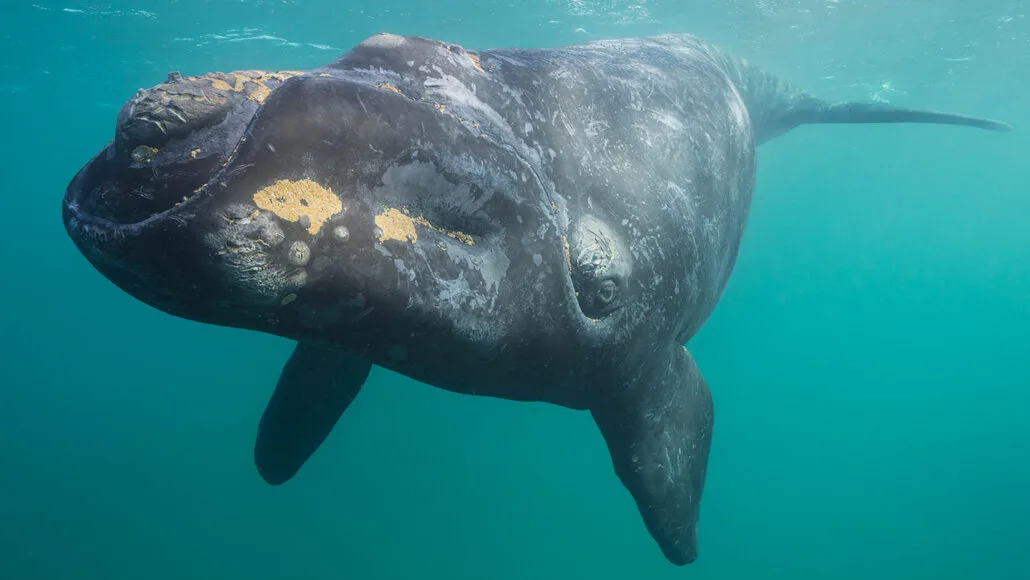Migrating species can move valuable nutrients thousands of miles across oceans
Whale Pee Is Vital to Ocean Ecosystems, Study Finds
Whale poop has long been known to be rich in nutrients, helping marine ecosystems thrive. But now, scientists have discovered that whale pee plays an equally important role in fertilizing the ocean—especially during their long migrations.
“These animals are like gardeners,” says Joe Roman, a marine biologist at the University of Vermont. His past research has shown that whales move nutrients from deep waters—where they feed—to surface waters, where they excrete waste. But whales don’t just move vertically; they travel thousands of miles across oceans, transporting nutrients as they go.
Long Journeys, Big Impacts
Many whales, such as gray, humpback, and right whales, fatten up in the nutrient-rich northern waters off Alaska or Iceland, then migrate south to breed in nutrient-poor tropical areas like Hawaii or the Caribbean. During this time, they don’t eat or defecate, surviving solely on their blubber.
As their bodies break down fat for energy, they excrete water and nutrients—primarily through their urine.
Although it’s known whales pee a lot, the amount of nutrients they release during the breeding season hadn’t been quantified—until now.
Whale Pee = Ocean Fertilizer
Roman’s team focused on how much nitrogen—a key nutrient—whales release in urine. Since whales are too large to study in captivity, the researchers looked to fasting elephant seals as a proxy for estimating nitrogen excretion.
Combining this data with whale population estimates and migration patterns sourced from public sightings and historical records, they calculated that gray, humpback, and right whales bring nearly 4,000 metric tons of nitrogen per year to Hawaiian breeding grounds.
That’s the equivalent of over 2 million large bags of garden fertilizer.
“The surprising thing was how much nitrogen whales moved in urine,” Roman said. “Whale pee turned out to be the largest nutrient source in those breeding waters.”
A Big Boost to Ocean Life
This nitrogen nourishes phytoplankton, the microscopic algae at the base of the ocean food web. In turn, phytoplankton absorb carbon dioxide, helping to fight climate change.
Whales also contribute nutrients in other ways—through placentas after giving birth and even their carcasses when they die. According to Roman, the total impact is like delivering “20 million Big Macs worth of food every year.”
The study was published March 10 in Nature Communications.
More Than Just Whales
Before commercial whaling drastically reduced whale populations, migrating whales likely brought three times as much nitrogen to these regions. Roman and other researchers believe this highlights how restoring whale populations could benefit entire ocean ecosystems.
“This is very nice work,” said Carla Freitas Brandt, a marine biologist at the Institute of Marine Research in Norway. “It’s quite cool that whales don’t even eat or poop during the breeding season, yet they still fertilize these waters with their pee.”
Sean Johnson-Bice, a wildlife ecologist at the University of Manitoba, agrees. He compares whales to arctic foxes, which also fertilize ecosystems through their movement and waste. “It’s further evidence of how valuable whales and other large animals can be,” he said.
For Roman, the takeaway is clear: “Animals are building the planet around us.” He hopes the study encourages conservation efforts for whales and other large species, such as buffalo, that similarly move nutrients—on land and in sea.
